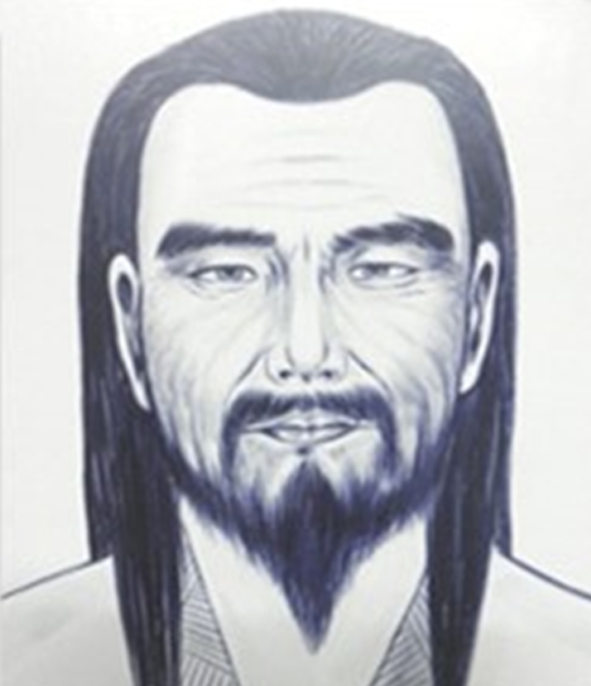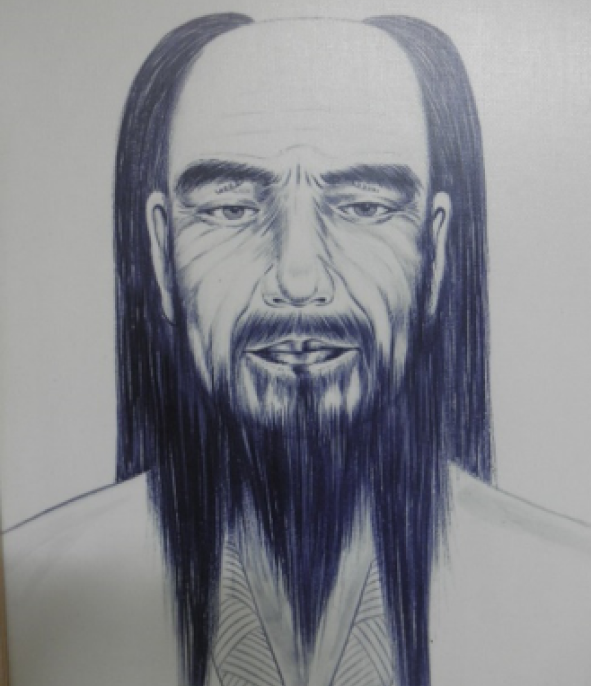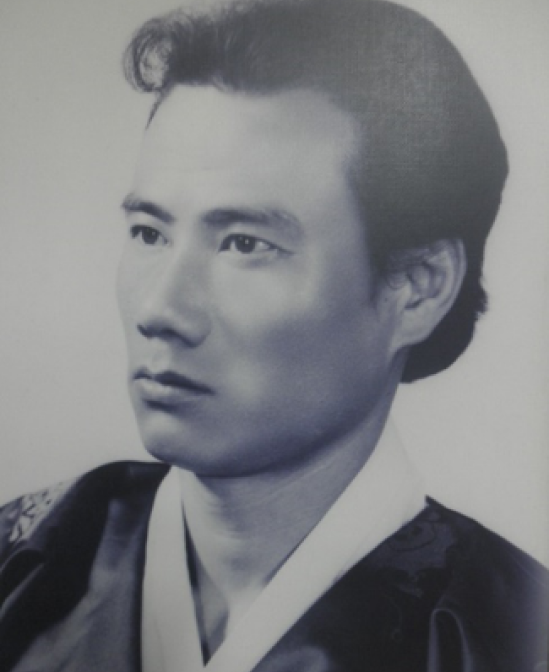Origin & History
-

Muwoon Doin
-

Chungwoon Doin
The origin of Bakdolbup dates back to about 9,700 years ago. One day, an elderly village chief, after losing the annual stone-fight competition held against a neighboring village, entered Baekdusan Mountain to gain the ultimate strength so that he would never lose again. After practicing for some time, he thought he had finally gained the strength he sought, and on his way back home, he met a mysterious boy and girl. He was then led to a secret village and practiced rigorously for three years under the guidance of the grandmasters of Bakdolbup. He finally gained the ultimate strength, wisdom, and morality and came down to the world and taught Bakdolbup to people. Later, he was called a grandmaster with heavenly power, Hanulham Doin (하늘ᄒᆞᆷ도인, 天氣道人).
Bakdolbup practitioners revere Hanulham Doin as the progenitor of Bakdolbup and commemorate the day he came down from Baekdusan Mountain as “Chunwongi” (천원기, 天元紀, The Era of Cosmic Origin), and consider it to be the starting point of the tradition. Therefore, January 1, 2025 on the lunar calendar corresponds to January 1, 9773 on the lunar calendar. Since then, for a long period, Bakdolbup has been passed down, greatly influencing the practice culture of various Asian countries and peoples, including Korea.
In Korea, around the 1st century BCE, the three kingdoms of Goguryeo, Baekje, and Silla emerged. During this period, to strengthen their nations, these kingdoms established young talent training institutes where Bakdolbup was practiced under different names: Choeuisunin in Goguryeo, Moojul in Baekje, and Hwarang in Silla. Later, in the 7th century, when Silla unified the three kingdoms, the strength and discipline of the young Hwarang(s) played a critical role. The teacher of Bakdolbup who trained them was honored as the Sage of the Nation, or Kuksun (국선, 國仙). From this, the name Kuksundo emerged as the practice came to symbolize the teachings passed down by the Kuksun(s).
However, the countries gradually changed several times in the course of history, and the influence of foreign cultures gradually led practitioners of Bakdolbup to retreat into the mountains, leaving behind the mundane world. The legacy of Bakdolbup has been continued through one-on-one training between masters and dedicated pupils who have destined ties.
In modern times, Chungsan (청산, 靑山) began his practice at the age of 13 under the guidance of Chungwoon Doin (청운도인, 靑雲道人). He spent 20 years mastering all aspects of Bakdolbup in the mountains. In 1967, he descended from the mountain to publicly pass down the complete practice methods, introducing them to the modern world under the more historically recognized name of Kuksundo rather than Bakdolbup.

Chungsan Sunsa


